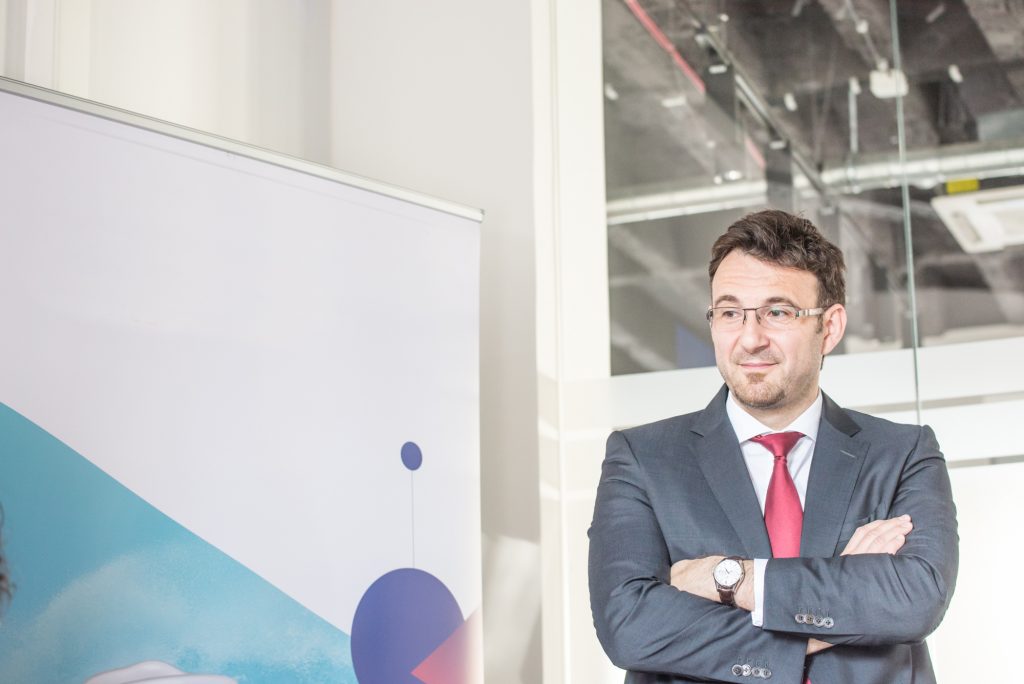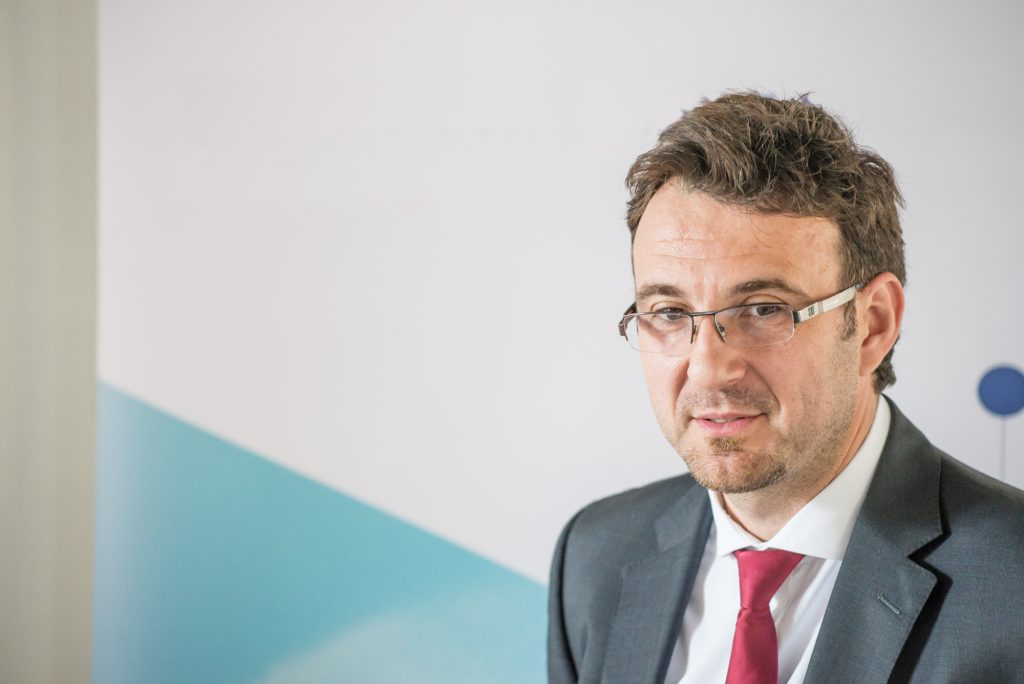Kovačica wind farm is the first completely new utility-scale power plant built in Serbia after almost three decades
New Energy Solutions (NES) is a renewable energy management consultancy firm, delivering creative business solutions to environmental, energy and sustainability issues. We talked with the Business Development Director of NES, Marijan Rančić, about the wind farms that they manage in Serbia, as well as about whether Serbia uses wind energy enough as a renewable energy source.

In 2018, a high-power power plant was opened in Serbia – the Kovačica wind farm. What are the advantages and significance of the wind farm for the local community and environmental protection?
Indeed, the 104.5 MW Kovačica wind farm is the first completely new utility-scale power plant built in Serbia after almost three decades. In Serbia, where the electricity supply is mainly coming from the coal-fired plants running on lignite, projects, such as Kovačica, have an immensely positive impact on the Serbian energy sector and ecology. Thanks to this and similar projects, Serbia is approaching its pledged objective in terms of per cent share of renewable energy in overall energy consumption and, more importantly, a reduction of 9.8% CO2 emissions by 2030. Apart from increasing the budget inflow of the municipality, we create job and training opportunities for local workers across the entire supply chain, invest in municipal road infrastructure and support social development in the community.
In addition to the Kovačica wind farm, New Energy Solutions also manages Čibuk 1. What other projects are planned? How far along is the Pupin wind farm?
NES’ team is specialized in Asset Management and O&M, with a current track record of operating around 67% of total installed wind capacity in Serbia. We have just received the energy permit for the 95.5 MW Pupin wind farm, and we are heading towards the Construction permit. Kovačica and Pupin projects are the cornerstones of our commitment to a long-term partnership with the Israeli investor Enlight. Our combined expertise leverages the extensive experience and proven track record of development and we are investigating new development opportunities with our partners.
Early this year, after four years of working for the World Bank’s IFC Group, you returned to the world of wind farms in Serbia, where you worked before. How much have circumstances and the market changed compared to the time before you started working for the IFC?
Working for the IFC was an extraordinary opportunity. This experience enforced my transition from the developer with a project-narrowed mindset to the sustainable advocate who seeks to help implement reforms that are needed to unlock opportunities for private investments in clean energy. It is a very interesting time in the energy space, with a number of changes and I’m very happy being part of it. The growing renewable energy momentum in Serbia from the FiT era is still very strong. With the new laws, Serbia will be looking to introduce new mechanisms to support renewable investments. It seems that the green economy is becoming a matter of priority for the Serbian government and I am welcoming energy transition as a major political agenda.
“Serbia needs more renewable energy as a key enabler of the energy transition”
With the new laws, Serbia will be looking to introduce new mechanisms to support renewable investments. It seems that the green economy is becoming a matter of priority for the Serbian government and I am welcoming energy transition as a major political agenda.
Is wind energy used enough in Serbia as a renewable energy source?
When compared with the mature markets of Europe, renewable energy development in Serbia is still very much in its infancy. Serbia needs more renewable energy as a key enabler of the energy transition. The wind is already a cost-effective and mature technology. It is a perfectly suited tool for decarbonizing the electricity system and fighting climate change. When it comes to the nuts and bolts of boosting wind energy in Serbia, I think that all comes to one word, and that is a risk. The Serbian government has already demonstrated the ability to handle political and regulatory risk in the past in a way that is acceptable to the international financing institutions and the new regulatory updates, delivered on very short notice, are a positive and encouraging indication.

Does NES only specialize in wind farms or are we going to see you getting involved in other technologies any time soon? Could you elaborate on your company’s activities?
Wind energy remains our core business. NES is at the forefront of wind energy development and operations in Serbia. Out of nearly 400 MW operational wind power plans, the NES team has experience in the development of almost 80% of these projects. With full project lifecycle experience and highly skilled staff, we strive to provide our partners with services that meet and exceed their expectations. Looking forward, we are energized by the opportunities before us and very excited to see such sustained and unmatched growth in the energy industry. We work on state-of-the-art energy projects, from wind farms and utility-scale solar PV projects to energy storage facilities, meaning we have plenty of renewable job opportunities for young engineers and developers looking to enhance their energy careers.